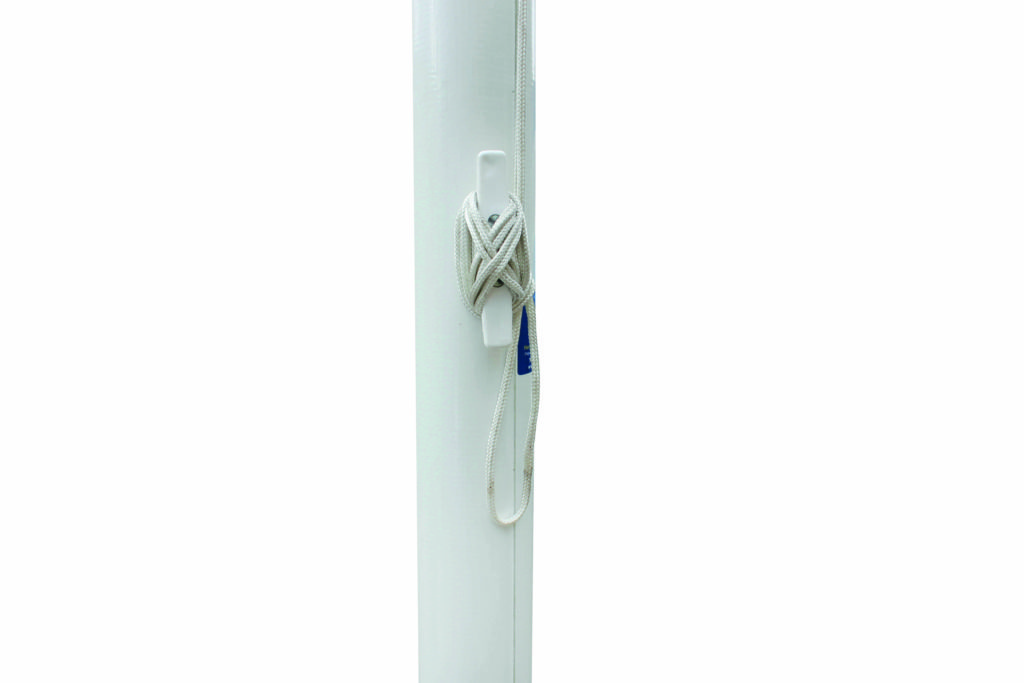

X
This site uses cookies. By continuing to use this site you agree to our use of cookies. To find out more, see our Privacy Policy and Cookie Policy.


Flying a flag is a proud and symbolic expression. However as with any outdoor display, it’s essential to be mindful of the elements. Strong wind can pose a challenge to the longevity of your flag and the stability of your flagpole.
There are some practical tips and strategies to help you protect both your flag and flagpole when faced with gusty winds.
Choosing a durable and weather-resistant flag material is the first line of defense. It’s best to opt for high-quality fabrics such as polyester. These are known for their strength and resilience against the elements.
Ensure that the size of your flag is proportionate to the height and strength of your flagpole. A flag that is too large or heavy for the pole can be more susceptible to damage in strong wind.
A sturdy and well-anchored flagpole is crucial for withstanding windy conditions. Our aluminium and glassfibre flagpoles are both durable and resistant to corrosion. Ensure the pole is securely installed, following manufacturer guidelines.
It’s essential to perform regular inspections of your flag and flagpole to identify any signs of wear, tear, or damage. Addressing issues promptly can prevent further damage and extend the life of your flag and pole. Check out our flagpole maintenance recommendations for more information.
When extreme weather conditions are forecast, it’s advisable to take your flag down temporarily. This proactive measure can prevent unnecessary stress on the flag and reduces the risk of damage. If you’re expecting winds exceeding Beaufort Scale 6 (31mph/27 knots/14m/s), take your flags down!
Additionally, it is a good idea to ensure that all external elements of the flagpole are secure. External halyards are common on flagpoles and are very susceptible to damage from strong wind. A loose halyard can easily become tangled and knotted, and be very difficult to unravel. To avoid this issue, the halyard can be removed when the flag is taken down. Alternatively it can be tied tightly around the flagpole cleat to keep it secure in inclement weather.

—
While flying a flag is a symbol of pride and identity, it’s crucial to prioritise the protection of both the flag and the flagpole in the face of challenging weather conditions. We encourage you to monitor and respond to weather forecasts. This way you can ensure that your flag continues to fly proudly for years to come.